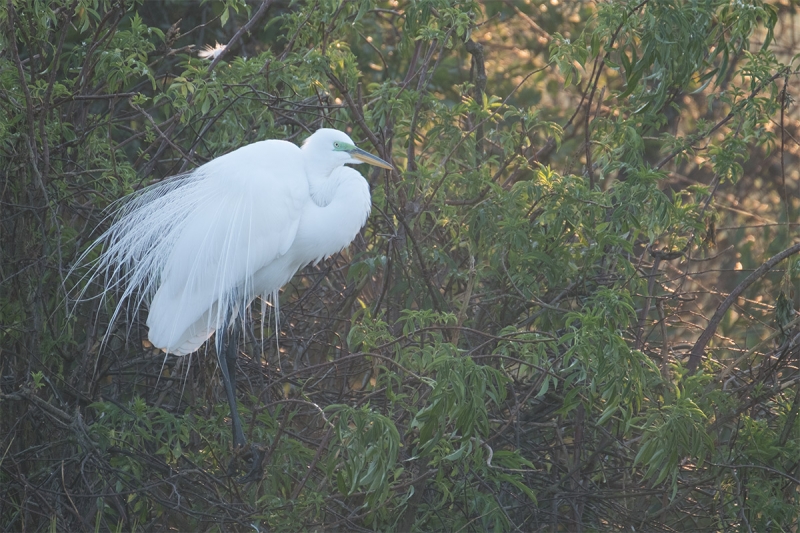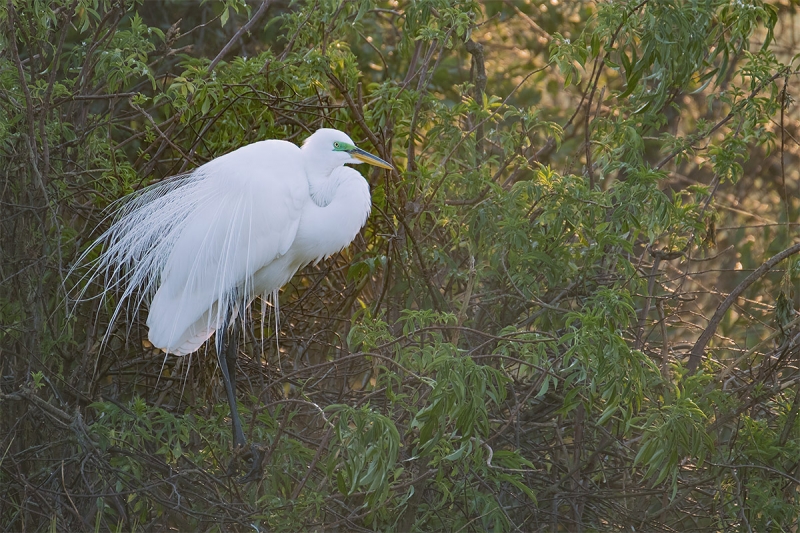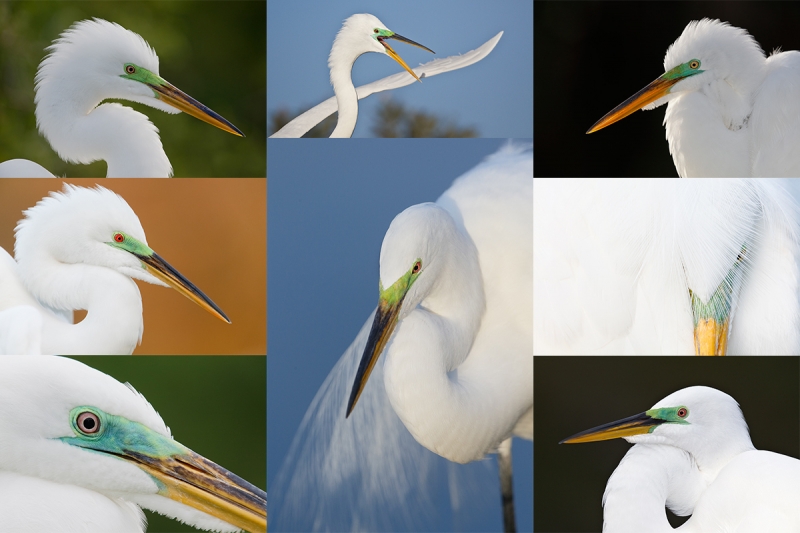What’s Up?
I am somewhere in Japan. I will likely have good internet access every day. I get home late on 28 FEB.
Gear Questions and Advice
Too many folks attending BAA IPTs and dozens of folks whom I see in the field, and on BPN, are–out of ignorance–using the wrong gear, especially when it comes to tripods and more especially, tripod heads… Please know that I am always glad to answer your gear questions via e-mail.
The Streak: 460!
Today’s blog post marks a totally insane, irrational, illogical, preposterous, absurd, completely ridiculous, unfathomable, silly, incomprehensible, what’s wrong with this guy?, makes-no-sense, 460 days in a row with a new educational blog post. As always–and folks have been doing a really great for a long time now–please remember to use our B&H links for your major gear purchases. For best results use one of our many product-specific links; after clicking on one of those you can continue shopping with all subsequent purchases invisibly tracked to BAA. Your doing so is always greatly appreciated. Please remember: web orders only. And please remember also that if you are shopping for items that we carry in the BAA Online Store (as noted in red at the close of this post below) we would of course appreciate your business.
|
|
|
This image was created at Gatorland with the hand held Fujifilm XF 100-400mm f/4.5-5.6 R LM OIS WR lens, the Fujifilm XF 1.4x TC WR teleconverter (at 560mm effective 840mm) and the Fujifilm X-T2 Mirrorless Digital Camera equipped with the Fujifilm VPB-XT2 Vertical Power Booster Grip. ISO 800. Pattern metering +1/3 stop: 1/160 sec. at f/8 in Manual mode. AWB. Shutter Button Continuous Autofocus. Additional AF information is unavailable. Great Egret on nest backlit/this JPEG represents the original image as it came out of the camera |
De-haze Revisited …
Check out the flat, foggy-looking original file above. Images like this scream out for the use of the De-haze filter in Photoshop. If you do your RAW conversions in ACR it is best to apply De-haze during the RAW conversion. It is the first item in under the Effects tab. If you convert elsewhere (as I almost always do with my Canon CR2 {RAW} files) you can access De-haze by first going Filter > Camera RAW Filter and then proceeding as above.
Either way experiment with the slider by moving it to the right while being careful not to overdo it. The De-haze filter will quickly be your best friend especially when you are processing images made on a foggy day. Scroll down to see the optimized image.
|
|
The Optimized Image |
The Optimized Image
In addition to using the De-haze filter during the RAW conversion of this Fujifilm RAC image in ACR, I worked large and eliminated the distracting white feather above and to the left of the bird’s head using Divide and Conquer techniques with the Clone Stamp and Patch Tools. In addition I used a series of small Quick Masks that were refined with Regular Layer Masks. Furthermore I boosted the Vibrance a bit.
Everything above plus tons more is of course detailed in my Digital Basics File, an instructional PDF that is sent via e-mail. It includes my complete (former PC) digital workflow, dozens of great Photoshop tips, details on using all of my image clean-up tools, the use of Contrast Masks, several different ways of expanding and filling in canvas, all of my time-saving Keyboard Shortcuts, the basics of Quick Masking, Layer Masking, and NIK Color Efex Pro, Digital Eye Doctor techniques, using Gaussian Blurs, Dodge and Burn, a variety of ways to make selections, how to create time-saving actions, and tons more.
Learn advanced Quick Masking and advanced Layer Masking techniques in APTATS I & II. You can save $15 by purchasing the pair.
I am working on an all new Current Workflow e-guide that better reflects my Macbook Pro/Photo Mechanic/DPP 4/Photoshop workflow. It will include a section on ACR conversions and a simplified method of applying Neat Image noise reduction.
Comments on the Image Capture
I was originally attracted to this scene by the early morning backlight especially on the bushes. Backlit scenes often give AF systems a hard time even with Canon gear. The Fujifilm AF system here was totally baffled by the backlight; I created about 70 images of this bird both standing still and displaying. One was acceptably sharp. I would have done much better had I properly been on a tripod and had I been using an higher ISO and thus a faster shutter speed. That said, most of the problems seemed to come from poor focus rather than from motion blur.
|
|
|
Great Egrets in breeding plumage are a beautiful sight … |
Gatorland Mini-IPT: 1 1/2 days: AM and PM shooting sessions on Saturday, March 4 and a morning session on Sunday, March 5: $749. Limit 6/Openings 4.
Join me in Kissimmee, FL in early March, prime time to to photograph Great Egrets in breeding plumage. We should get to make lots of head portraits with most any lens and to photograph them building nests, displaying, copulating, and flying. Eggs for sure. Tiny chicks likely. And most likely breeding Wood Storks as well. Learn to see, find, and make the shot in cluttered settings. Learn exposure and how to handle the WHITEs. Learn fill flash and flash as main light. Includes a working lunch on me on Saturday with image review and Photoshop. We may see and photograph some early Snowy Egrets and Tricolored Herons. And of course, we will see and photograph the captive American Alligators. All of the birds are free and wild.
To pay in full via credit card, call Jim or Jen in the office weekdays at 863-692-0906. You will be responsible for the cost of your Gatorland Photographer’s pass. Early entry both mornings and late stay on Saturday.
Please Remember to use my Affiliate Links and to Visit the New BAA Online Store 🙂
To show your appreciation for my continuing efforts here, we ask, as always, that you get in the habit of using my B&H affiliate links on the right side of the blog for all of your photo and electronics purchases. Please check the availability of all photographic accessories in the New BIRDS AS ART Online Store, especially the Mongoose M3.6 tripod head, Wimberley lens plates, Delkin flash cards and accessories, and LensCoat stuff.
As always, we sell only what I have used, have tested, and can depend on. We will not sell you junk. We know what you need to make creating great images easy and fun. And please remember that I am always glad to answer your gear questions via e-mail.
I would of course appreciate your using our B&H affiliate links for all of your major gear, video, and electronic purchases. For the photographic stuff mentioned in the paragraph above, and for everything else in the new store, we, meaning BAA, would of course greatly appreciate your business. Here is a huge thank you to the many who have been using our links on a regular basis and those who will be visiting the New BIRDS AS ART Online Store as well.
Be sure to like and follow BAA on Facebook by clicking on the logo link upper right. Tanks a stack.
Typos
In all blog posts and Bulletins, feel free to e-mail or to leave a comment regarding any typos or errors. Just be right :).

















Art, are you moving off canon to Fuji. Why?
Just playing around as noted in many previous blog posts.
a
Hi Artie,
My workflow: After initial triaging, Raw converted to DNG by Adobe DNG Converter; images then imported into Lightroom. Initial processing similar to Camera Raw; Photoshop; back to Lightroom for tweaks; then exported and converted to JPG.
Haze removal: My workflow provides me with the option of either applying the haze filter either during the initial development or afterwards; or both. Is there an advantage of removing the haze at the early stage of processing compared to at the end of the processing?
Cheers, Jay
My understanding is that it is always better to make changes in the RAW file than to make them later on in Photoshop. But I have never understood why or seen any differences …
a